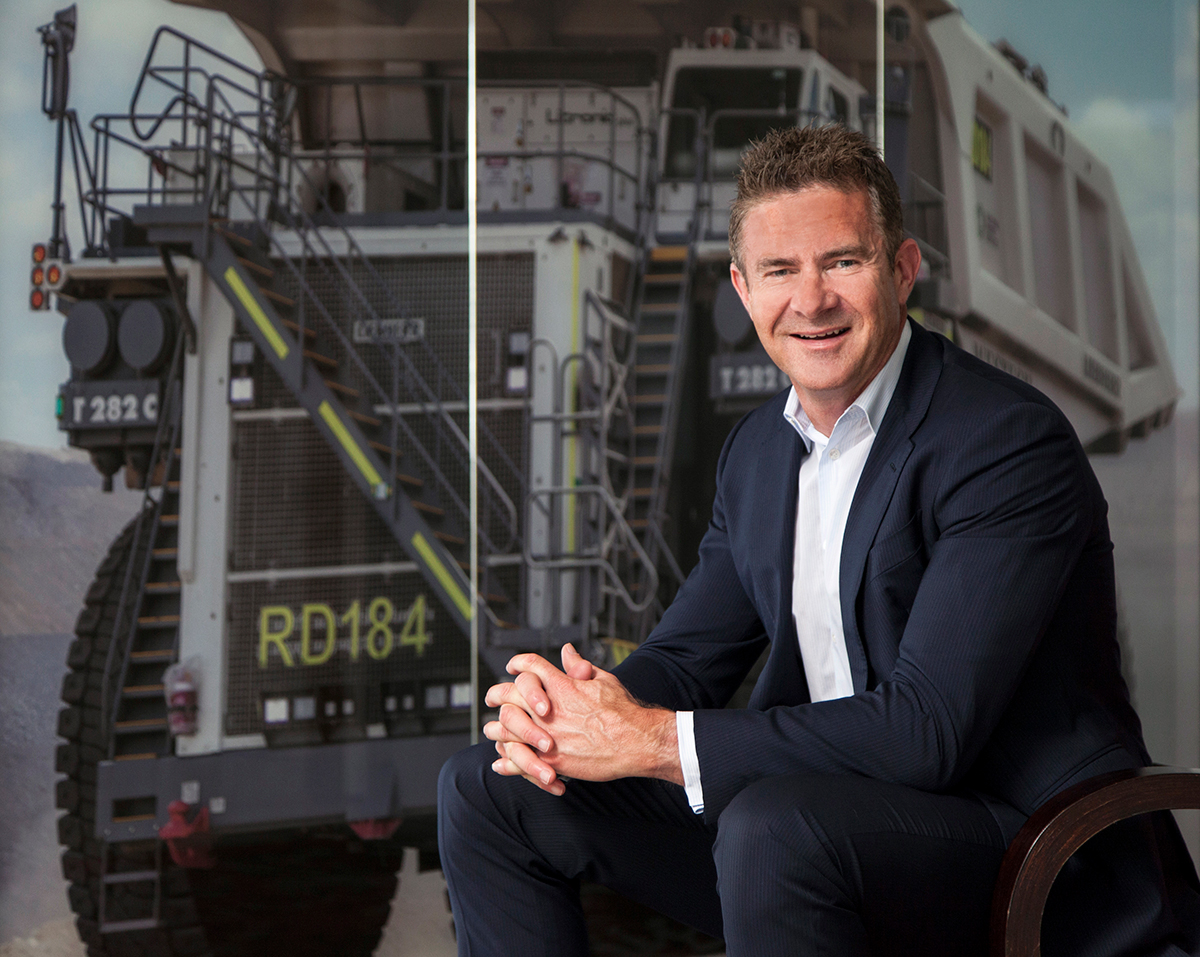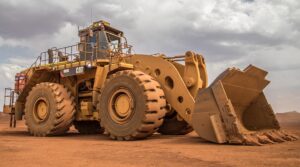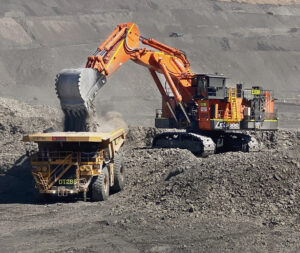Mark Ackroyd weighs in on an ever-changing mining industry
National Group’s Managing Director looks at mining industry trends – past, present and future, renting versus buying machinery and the rise of automation.
Salomae Haselgrove, Editor for Australian Mining Magazine writes.

Mark Ackroyd has observed significant change in the mining industry and equipment sectors during the past two decades since founding National Plant & Equipment, part of the National Group, in 1997.
Starting with a single bulldozer, Ackroyd has consistently grown his operations, diversifying and building complementary entities and verticals to establish a business empire.
He has become a key industry player, with the National Group now one of Australia’s most well-known heavy earthmoving equipment businesses, renting equipment to Tier 1 mining companies such as BHP, Rio Tinto, Anglo American and Fortescue Metals Group.
During his career, Ackroyd has experienced record-breaking industry highs and economic downturns, in which only the adept have survived.
Ackroyd has overcome various challenges and managed to experience organic growth even during downturns. He has become highly regarded for being on the pulse of industry trends and foreseeing emerging market opportunities.

When asked how he has climbed the ladder from a sole operator, to a privately-owned business competing against large industry players, Ackroyd explains his ability to pick market trends, to adapt to industry forces and to never give up regardless of the challenges faced have ensured ongoing success and longevity.
Since the economic downturn of earlier this decade, Ackroyd has seen the market move from original equipment manufacturers (OEMs) producing large volumes of equipment to many OEMs significantly reducing production.
Now the market is experiencing significant growth, largely due to the rise of resource prices, a weaker Australian dollar with a record low cash rate and an increase in demand from China.
OEMs have responded by ramping up production, but with large heavy earthmoving equipment taking as long as 18 months to produce, Tier 1 miners looking to increase production in line with the rise of resource prices and demand are finding it hard to keep up.
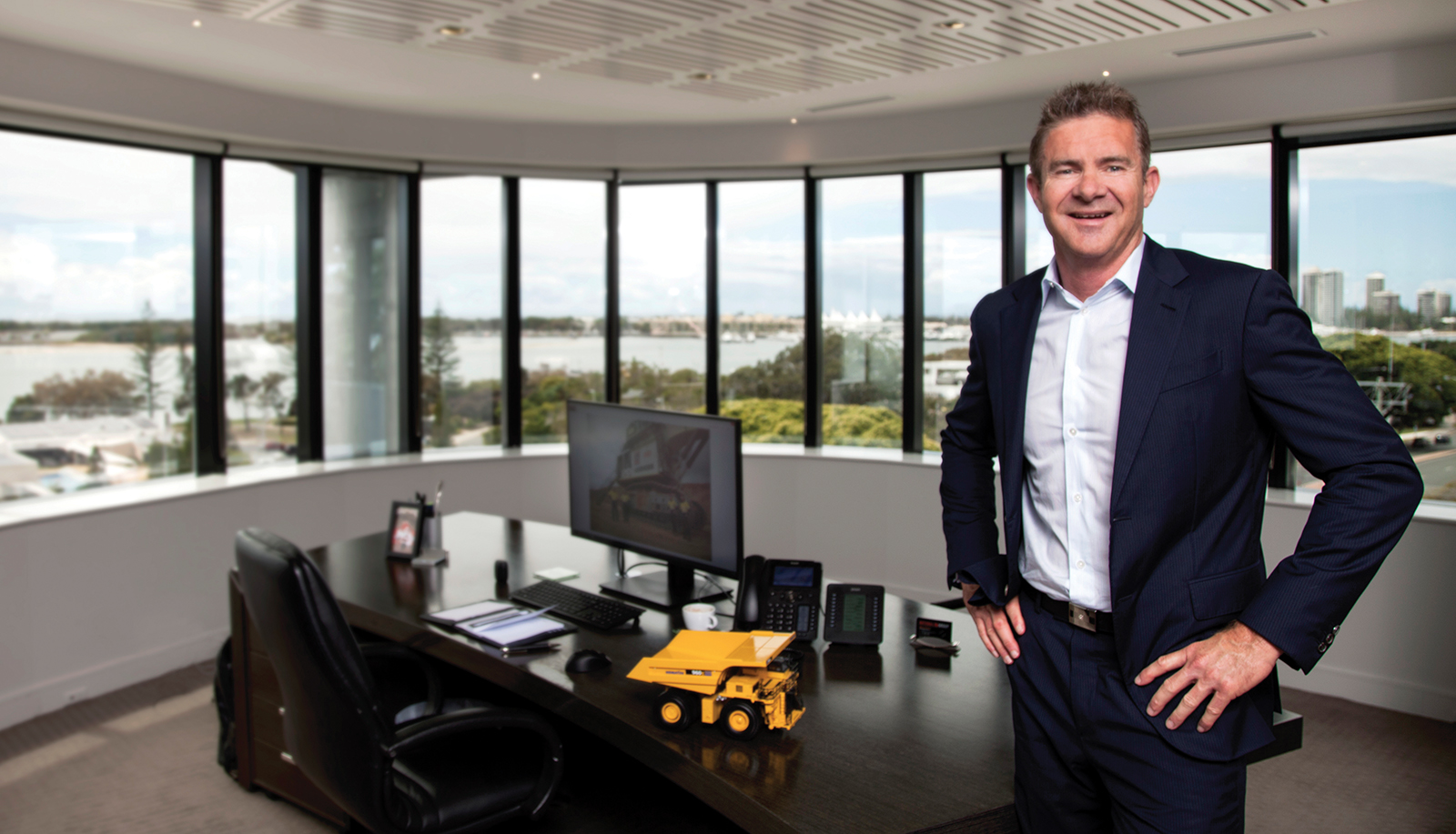
According to the September 2019 Resources and Energy Quarterly report, Australian resource exports appear likely to hold up in 2019–20, even in the face of volatile commodity markets.
The global economy is forecast to grow by 3.2 per cent in 2019 and by 3.5 per cent in 2020 and 2021, creating various opportunities.
Higher export volumes and a lower than expected Australian dollar are likely to see Australia’s resource and energy export earnings set a new record of $282 billion in 2019–20.
The depreciation of the Australian dollar will help counter the impact of escalating US-China trade tensions, with Australia benefitting from an investor flight to safety.
But trade tensions between the US and China represent one of the largest risks to this outlook. To put it into perspective, Australia is the second largest exporter of thermal coal in the world, with 208 million tonnes (worth $26 billion) exported last year.
About 20 per cent went to China, illustrating the importance of the country’s mineral and resource exports.
National Group’s equipment largely services coal and iron ore. Australia’s iron ore export earnings are expected to reach $81 billion in 2019–20, driven by higher prices.
Australia’s metallurgical coal export volumes are forecast to grow from 183 million tonnes in 2018–19 to 198 million tonnes by 2020–21, reflecting production growth from restarts and new capacity in the Bowen Basin, a key mining region in which the National Group has a large presence.
Australia’s thermal coal export earnings reached a record $26 billion in 2018–19. Strong growth in export earnings has primarily been driven by high prices in 2018 and a high contract price settled for 2019–20.
Although Australia is largely impacted by Chinese demand, the global political climate could also create opportunities. For instance, possible implications of ‘Brexit’ for Australia’s trade with the United Kingdom and the European Union (EU).
The UK’s decision to leave the EU (known as Brexit) has presented great uncertainty and unique challenges.
However, Australia should be encouraged that the UK has signalled it is willing to enter into new trade partnerships following its departure from the EU, with Australia well positioned to redefine and expand Anglo-Australian trade and investment relationships.
Although the global economy largely impacts the mining industry as a whole, there are factors under our control, such as productivity, that are increasingly important.
Looking ahead, Ackroyd anticipates that companies will make changes to keep up with the ever-evolving industry, from their response to global markets, the equipment and technology they introduce, and how their decisions impact productivity and therefore profitability.

“It’s not only the equipment that is changing, but also the way in which companies are acquiring it,” Ackroyd explains.
More companies are looking towards long-term hire or rent-to-buy options rather than purchasing machines, a trend Ackroyd notes has grown in the past few years.
“The cost of heavy earthmoving equipment is extremely high and therefore requires a significant amount of capital expenditure,” Ackroyd says.
“The volatility of the mining industry and the constant shifting resource prices can pose significant risks for mining companies.
“Therefore, hiring mining equipment can reduce exposure to industry forces and help mitigate these risks for them.”
In addition to cutting costs, renting equipment also gives companies more flexibility to keep up with the industry as it grows and changes.
“Hiring equipment can enable a company to re-allocate available resources and more easily react to market trends as they occur,” Ackroyd says.
“Having more liquidity enables a company to invest in other areas of their business that can realise further opportunities and therefore increase their bottom line.”
Ackroyd has witnessed this firsthand, with National Group’s renting arm, National Plant & Equipment, expanding its fleet to over 300 machines, including excavators, dump trucks, dozers, graders, loaders, compactors, water trucks, service trucks and floats.
Technology and how it will impact the industry and those who work in it, is another major talking point surrounding mining and equipment that Ackroyd monitors.
Despite technology’s ability to create a safer, more efficient and more sustainable mining environment, some workers remain apprehensive about what an automated future will look like.
Innovative practices are helping shape the future of the mining industry and will be a key driver towards a sustainable future.
Automation is gaining ground and will have a large impact on mining companies, their equipment and their employees.
However, Ackroyd believes miners shouldn’t worry about their jobs, but instead be prepared to evolve their skillset along with the industry as it continues to change.
Ackroyd has watched this play out at Wolff Mining, a company that became part of the National Group this year.
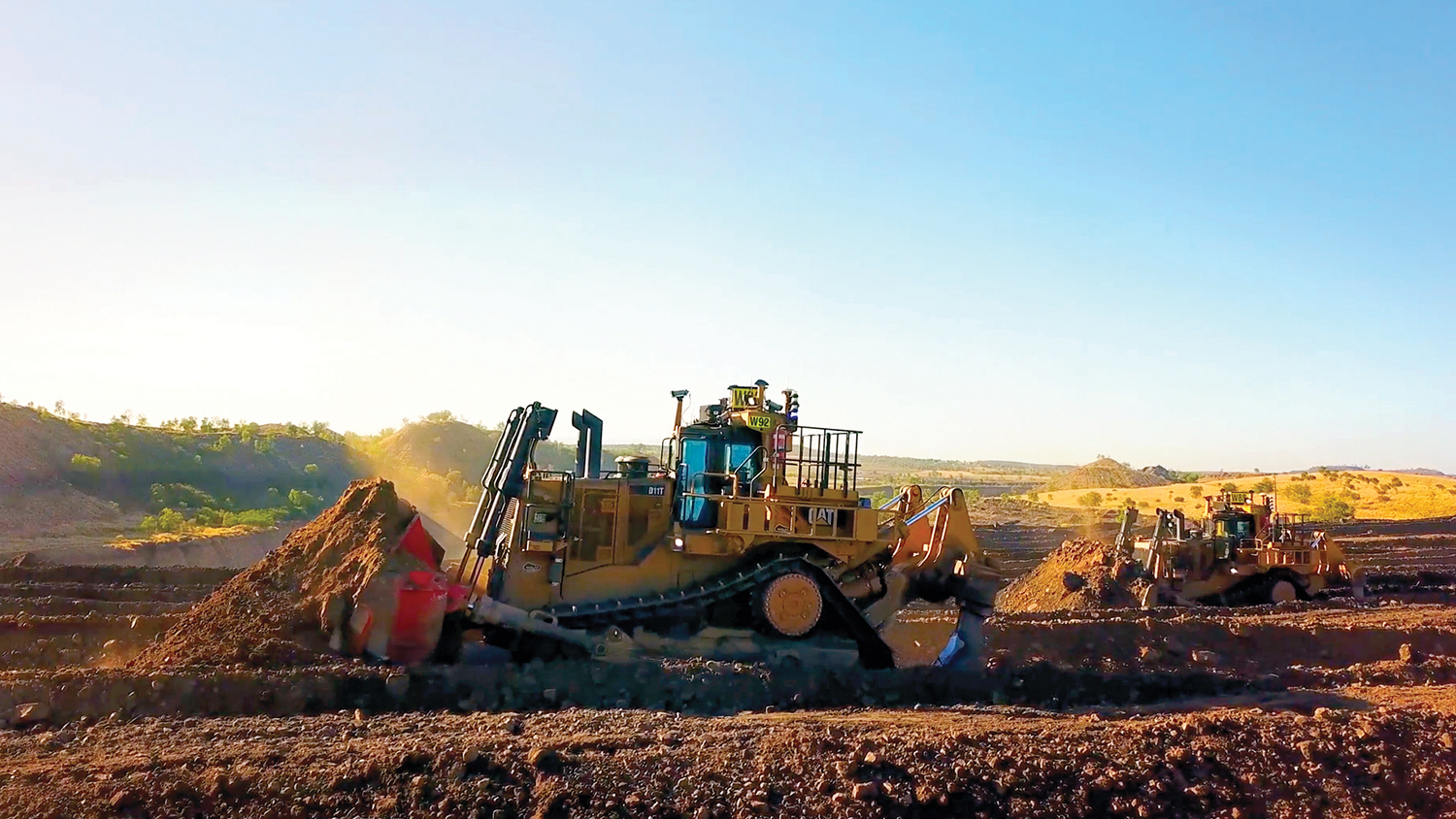
Wolff continues to transition workers from machine cabins by up-skilling them so they can instead work from a control room.
“As automation increases, this will have an impact on mine site staff,” Ackroyd says. “Wolff for instance, enables one operator to control up to four dozers from a control room.
“However, this does not mean the other three workers are now out of a job; their roles will simply change shape.
“Automation will open up new opportunities for workers to up-skill into new areas of the industry, whilst giving them greater safety going forward.”
Semi-autonomous, or driverless dozers are a big win for safety, allowing workers to operate from a safe and remote location.
Wolff’s work in optimising semi-autonomous tractor system technology is a world-first application into a mining production environment. Ackroyd sees the application of this technology becoming more widespread throughout the industry in the future.
With technological change in mining inevitable, Ackroyd tips drones and remote control operations to be the next big innovation to watch.
“In the future, there will be a need for more remote control operators and safety staff to oversee fully automated operations,” Ackroyd says.
“Automated technology will become more standard on new equipment that will further enable mining companies to utilise this technology to increase productivity, efficiency and safety.”
